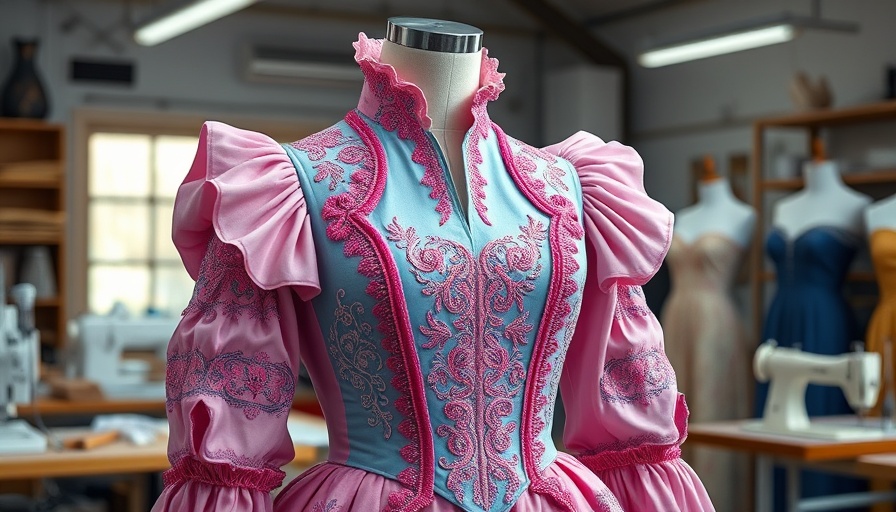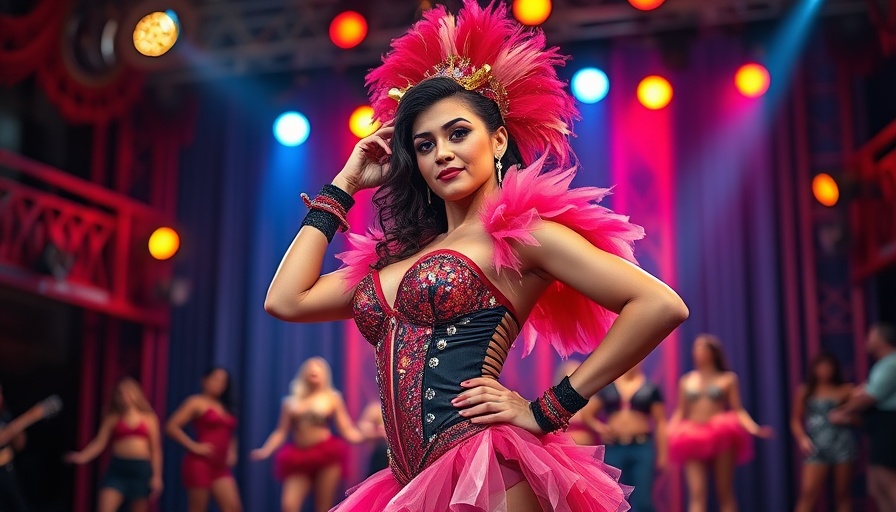
The Art of Illusion: Costume Design in Theatre
Costume design in theatre is not just about fabric and colors; it's about telling a story, embodying a character, and immersing the audience in a world far removed from their own. A.W. Nadine Grant's approach to costume design for the Stratford Festival's production of Dangerous Liaisons exemplifies this art form. The costumes serve not only as attire but as visual narratives that reveal the intricacies of characters’ motivations, social standings, and emotional states.
In 'Dangerous Liaisons: Costume Design by A.W. Nadine Grant | Stratford Festival 2025', the video highlights the intricate art of costume design, leading us to explore its profound influence on theatrical storytelling.
Bringing Characters to Life Through Fabric
What defines a strong costume design? For Grant, it lies in the ability to mold fabric into a character's very essence. In Dangerous Liaisons, the characters navigate a web of manipulation and seduction. The costumes, which range from sumptuous silks to stark metallics, are meticulously crafted to reflect these themes. The colors chosen—deep reds and regal purples—evoke the opulence of the French aristocracy while hinting at the underlying treachery that defines the play.
Empathy as a Design Tool
In considering the emotional journeys of each character, Grant utilizes costume design as a tool for empathy. Each piece is more than an outfit; it is a visual echo of the character's struggles and desires. For instance, the contrast between the lavish attire of the manipulative Vicomte de Valmont and the more subdued clothing of his love interest, Madame de Tourvel, highlights their contrasting social dynamics and emotional vulnerabilities. Through her designs, Grant invites the audience to not just observe but to feel the characters' challenges.
Cultural Reflections and Responsibilities
Theatre, much like any art form, serves as a mirror to society. Grant's costume designs do not merely reflect the characters of Dangerous Liaisons but also resonate with contemporary audiences. Themes of power dynamics—echoes of the past that remain relevant today—are visually captured through every stitch, fabric choice, and color palette. Grant acknowledges the responsibility that comes with this reflection. “Costumes can challenge perceptions,” she says, highlighting the ability of clothing to provoke discussions and self-examination among viewers.
A Leap into Historical Context
Diving deeper into the historical context of Dangerous Liaisons, the play itself offers a critique of 18th-century French aristocracy—a society defined by privilege and deceit. Grant’s costumes bridge the gap between this historical world and modern-day audiences, emphasizing the timeless nature of the characters’ conflicts. By understanding the historical significance of the garments worn in her designs, audiences can appreciate the nuances of both the narrative and the societal commentary embedded within.
Looking Ahead: The Future of Costume Design
The evolution of costume design continues to unfold, with recent trends leaning toward sustainability and innovative materials. Grant touches upon this shift, mentioning how integrating eco-friendly practices into costume design aligns with contemporary values. As audiences grow increasingly aware of the environmental impacts of fashion, the future of costume design in theatre will likely mirror these concerns, making responsible and thoughtful choices paramount as productions evolve.
In summary, A.W. Nadine Grant's work for Dangerous Liaisons is a vibrant tapestry of color, texture, and cultural narrative that invites audiences not just to watch but to engage with the very essence of theatrical storytelling.
 Add Row
Add Row  Add
Add 




Write A Comment